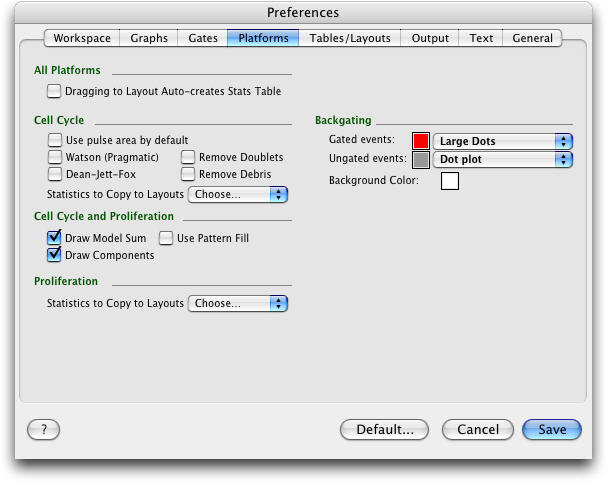

TMAO then enters the systemic circulation, reaching fasting plasma concentrations of between 2 and 40 μM in humans, prior to excretion through the urine. The aforementioned methylamines can be broken down by members of the gut microbiota into trimethylamine (TMA), which is carried from the gut through the portal vasculature to the liver and rapidly converted into TMAO by flavin monooxygenases. SCFAs represent just one of many classes of gut microbe-derived metabolites, with little known as to how these other classes may influence BBB function.ĭietary methylamines, such as choline, phosphatidylcholine, betaine and trimethylamine- N-oxide (TMAO), are a class of metabolites receiving considerable attention as modulators of vascular function, although the mechanism(s) by which they affect human physiology remain poorly understood. We and others recently identified the blood–brain barrier (BBB) as a target for gut microbe-derived short-chain fatty acid (SCFA) activity, with butyrate and propionate acting to promote BBB integrity and protect the cerebral vasculature from insult. Our findings demonstrate the mechanisms through which microbiome-associated methylamines directly interact with the mammalian BBB, with consequences for cerebrovascular and cognitive function.Īs the role of the gut microbiota in host physiology and disease is categorised, novel pathways through which these interactions are mediated continue to emerge. Moreover, we show that long-term exposure to TMAO protects murine cognitive function from inflammatory challenge, acting to limit astrocyte and microglial reactivity in a brain region-specific manner. In contrast, the TMAO precursor trimethylamine (TMA) impaired BBB function and disrupted tight junction integrity. Here, we use an integrated in vitro/in vivo approach to show that physiologically relevant concentrations of the dietary methylamine trimethylamine N-oxide (TMAO) enhanced blood-brain barrier (BBB) integrity and protected it from inflammatory insult, acting through the tight junction regulator annexin A1. Methylamines produced by microbial metabolism of dietary choline and l-carnitine have received attention due to their proposed association with vascular disease, but their effects upon the cerebrovascular circulation have hitherto not been studied.

You will need a Google account to access the files.Your students will need Google drive or another platform (such as Microsoft OneDrive) that allows you to digitally share these documents with them.Communication between the gut microbiota and the brain is primarily mediated via soluble microbe-derived metabolites, but the details of this pathway remain poorly defined.
#Flowjo trial miniature workspace pdf
This product is a PDF that contains instructions and LINKS to all of the documents. Self-Evaluation & reflection Google form Rubric "master doc" (all rubrics in order for efficient grading) Jury individual assignment (arguments for an against) Jury team assignment (creating a rubric)

This bundle of Google Drive resources contains absolutely everything you need to implement a successful mock trial: This is truly an authentic learning experience that covers a wide range of essential skills and gets every student involved! Not including the time it takes to read the text, this activity spans about 3-4 days, depending on how much time you provide for students to prepare. Use this with ANY text! I used this with Poe's "The Black Cat," but you could also use this with other short stories, novels, or plays.

Engage your students by conducting a mock trial while practicing close reading, citing strong and thorough textual evidence, analyzing evidence, persuasion/argumentation/debate, writing, and speaking/listening.


 0 kommentar(er)
0 kommentar(er)
